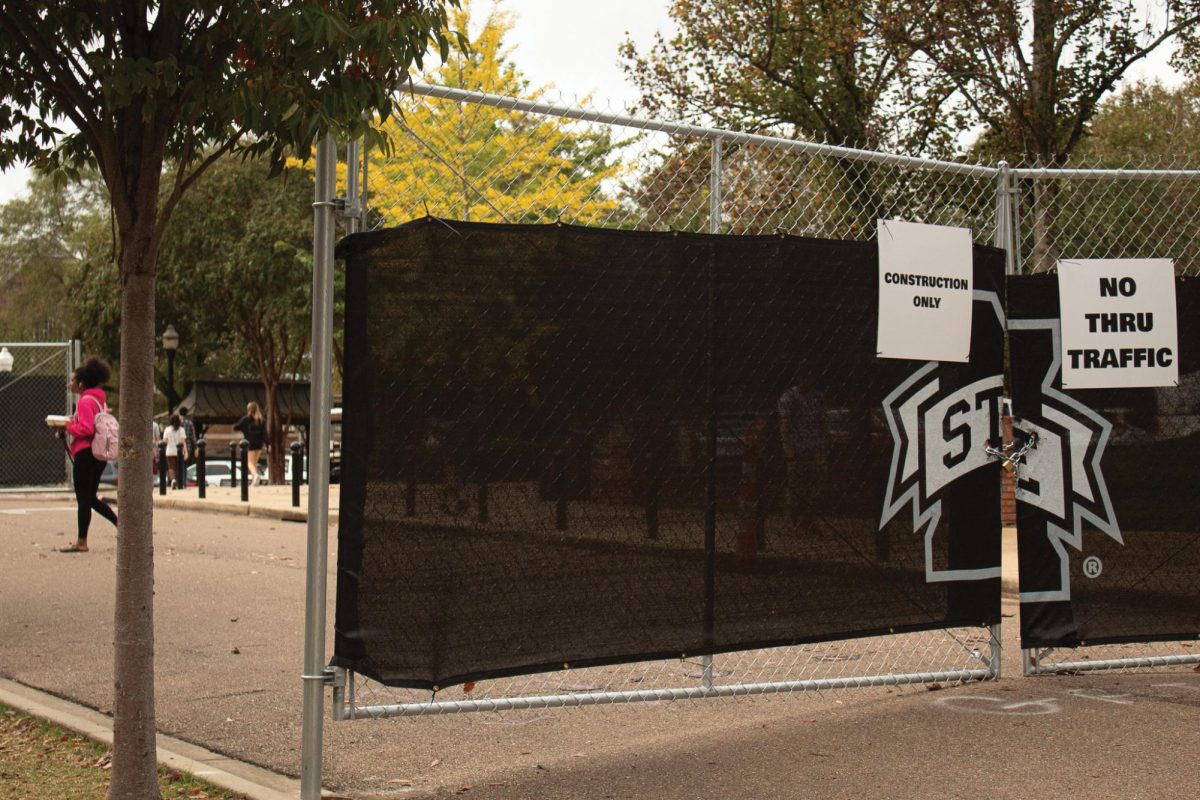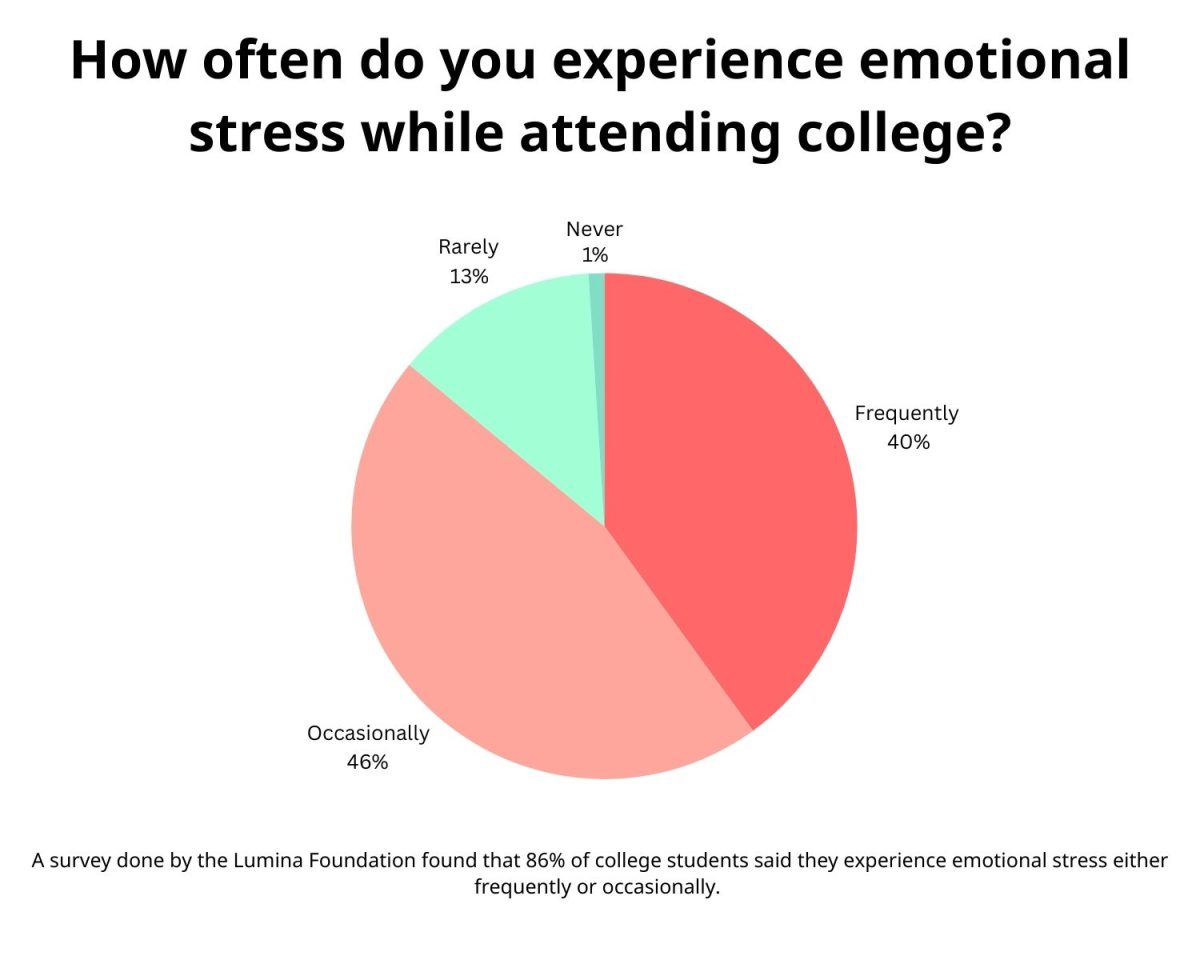Construction is a constant on every college campus in America. It can be rather annoying at times, but I believe it is better to have a campus that is always evolving than one that is always standing still.
Let us play a game. You are walking through campus and see a fence. You must go out of your way to go around. You wish that this construction would just go away. But what if you thought about the fact that future generations will happily use the new facility? What if Mississippi State University laid the foundation for its first building and stopped growing after that? MSU would not have succeeded for another 146 years.
Construction can be complex, time-consuming and disruptive. However, according to an article from Mortenson, a construction company, there is a five-tier plan to minimize the disruptive nature of construction.
Swing spaces are a key tenet of the construction company’s website. This idea just means providing spaces away from and separate from the construction. This five-step plan helps the campus flourish by allowing the construction to go as scheduled while making it easy for students and facilities to continue functioning.
Phased renovations can also benefit students and faculty. The second step of the five-point process is to “Help distribute the burden across several stages to alleviate impact on the campus community.” A phased system allows only one part of campus to be compromised while also allowing the workers to work the same number of days.
Creative renovations can also be helpful when they only work a certain number of days in the week and save one for moving and prep, so it does not affect the weekend activities. Flexible scheduling, perhaps based on needs of the campus, also helps the construction not be as disruptive as it could be.
Another tenet of campus constriction is to allow activities to keep running smoothly while continuing construction. If the students are allowed to participate in regular activities, then they will be more likely to be inclined to view construction favorably. The moving state of a campus is a good thing because it ensures that students have a better future. If the construction crews stick to a certain time to work, then they will not be as disruptive to students and faculty.
Mortenson also talks about routing and delivery. If students are allowed to know when they will be disturbed on their normal route. They can make plans to change their regular routes. A campus that is constantly changing is a good thing, but it can be annoying during the process. However, if students are allowed to avoid the annoyances, then they will be more likely to hold this opinion. If the construction workers stick to a certain route, they will be safer when moving different types of materials.
These points can help minimize the problems that students encounter. Whether the construction is minimal or if it disrupts my experience, I will always believe construction and moving forward means that the next generation of students will have it better than me. So, the next time you have to change your course or leave a little early, think positively and realize this is a small price to pay for having the most student-friendly campus in the southeastern conference.







